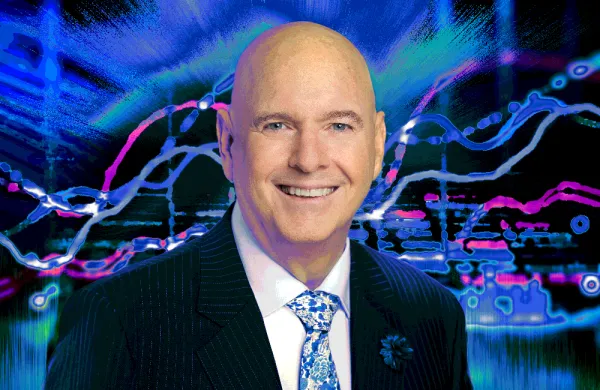I’d like to nominate a new contender for Asset Management Siren of the Year.
The bright lights of smart beta and pension derisking may have temporarily blinded me — but I have only recently become aware of the Crisis Risk Offset (CRO) phenomenon, described by an investment consulting firm as a “new strategic asset class” designed to “materially appreciate in value at a time when growth-risk-related assets are experiencing significant challenges.” Put more prosaically, CRO can be, and has been, described as “having your cake and eating it too.”
I became enamored by this description, as anything with a hint of innovation in asset management tends to do. Alas, after digging a bit deeper, I discovered it to be a siren song, deceptively alluring but misleading.
First, CRO is not really an “asset class.” It’s a concatenation of existing strategies that purport to have little or no correlation with equity beta (growth risk) or with, for example, Treasury rate duration, managed futures, liquid alternative risk premia, or reinsurance.
Second, it is not “new.” The theoretical underpinnings of this concept — especially vis-à-vis managed futures — can be clearly traced back to academic research done in the early 1980s. Later in that decade Russell (Rusty) Olson — director of pensions worldwide for Eastman Kodak — put this theory into practice when he invested $50 million in managed futures. In 1991 the Virginia Retirement System became the first U.S. public pension plan to use managed futures as a diversifier. Others followed suit.
Third, CRO is built on several problematic assumptions — most notably that the future returns of the included strategies will continue to be negatively correlated with growth assets. This is an especially precarious premise with regard to managed futures because, as asset manager Winton’s David Harding has eloquently pointed out, “a burden of expectation is being placed upon the small supporting pillar of data. Correlation between stocks, bonds, and managed futures funds is not a meaningful statistic. Momentum isn’t an immutable property of markets but one that has been observable in the recent era.”
CRO also assumes that one has the skill to identify and combine managers that will provide the desired convexity, that alternative risk premia will perform according to their simulated and often academic track records, and that equity crises are homogeneous.
My intention is not to deconstruct the false promise of CRO but to protest against what passes for innovation in the investment management industry.
Fundamentally, asset allocators have a problem and are seeking a solution. Chris Ailman, CIO for the California State Teachers’ Retirement System, pithily summarizes both the problem and the desired solution: “We have a very large bias to growth in GDP in our portfolio. We want to hedge that.”
However, rather than being given an insightful solution, asset allocators are offered a retread in the guise of a marketing gambit. This is evidenced by the affiliated term “crisis alpha” — a neologism that virtually conceals the paucity of the “new strategic asset class.” It also deflects critical attention away from the underlying problem of overexposure to growth risk.
Putting aside regulatory and accounting constraints, the problem of too much growth risk exists because extant asset allocation methods fail to provide the desired diversification.
Instead of building CROs upon “a small supporting pillar of data,” we should, according to Jim Dunn, CEO and CIO at Verger Capital Management, “be seeking to remedy the underlying problem, improving our asset allocation methodologies at the portfolio level. A thoughtful asset allocation should provide sufficient diversification to weather any market condition. And candidly, if we can’t get asset allocation right at the portfolio level, why do we think we can get it right at the hedging level?”
These circumstances cry out for true innovation: Clients have a genuine need that is not being met with traditional methods.
Fantasizing a bit, this need might be satisfied by an improved asset allocation methodology (maybe a multimethod, multifactor, multimodal combinational approach) providing sufficient diversification that hedges not only growth risk but other risks as well. Or maybe it will be met with individual artificial intelligence–based strategies that, unlike CRO, actually predict drawdowns, bubbles, or changes in regimes.
A daydream? A few years ago self-driving autos and the CRISPR-Cas9 genome editing technique seemed like science fiction.
Certainly, CRO is not the best we can do. Paraphrasing Wolfgang Pauli, CRO isn’t right; it isn’t even wrong. Why are we offered mediocrity when so much is at stake?






